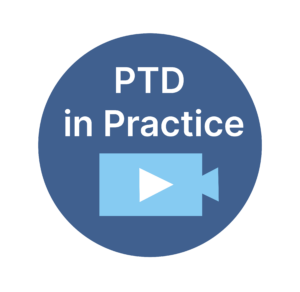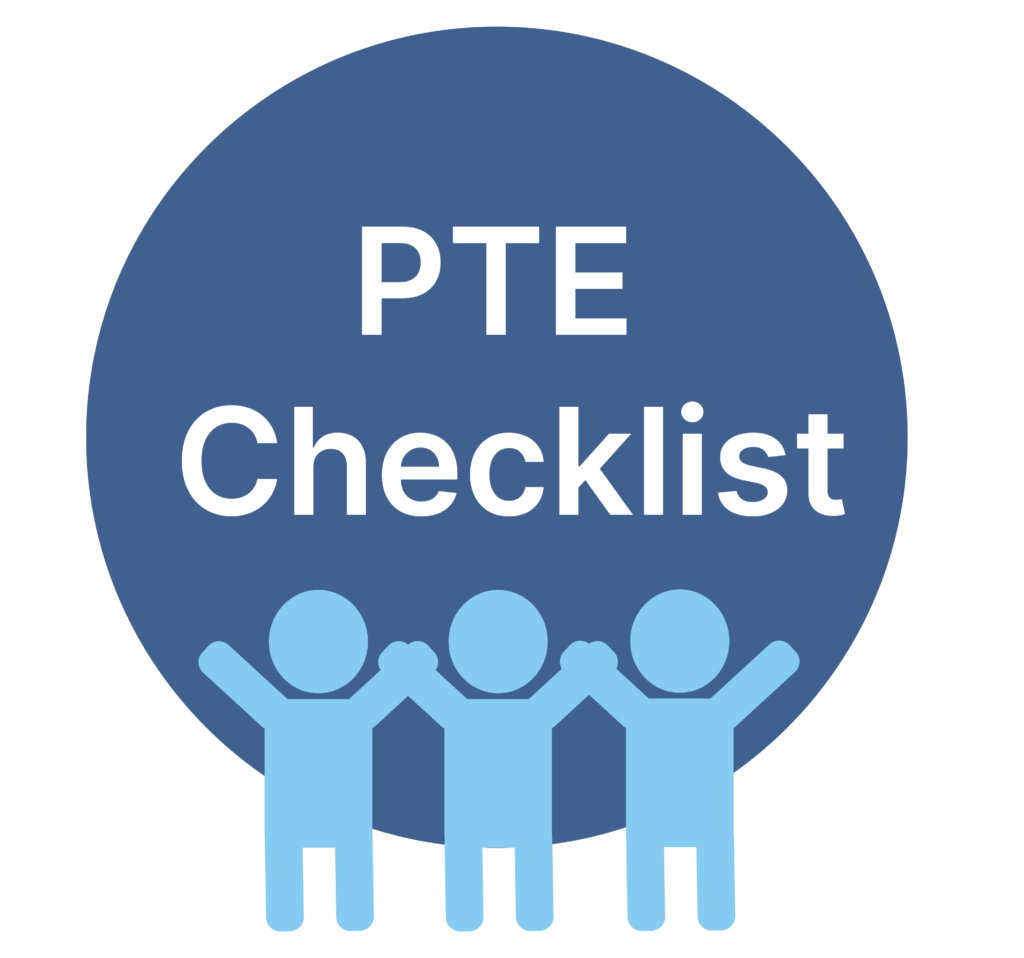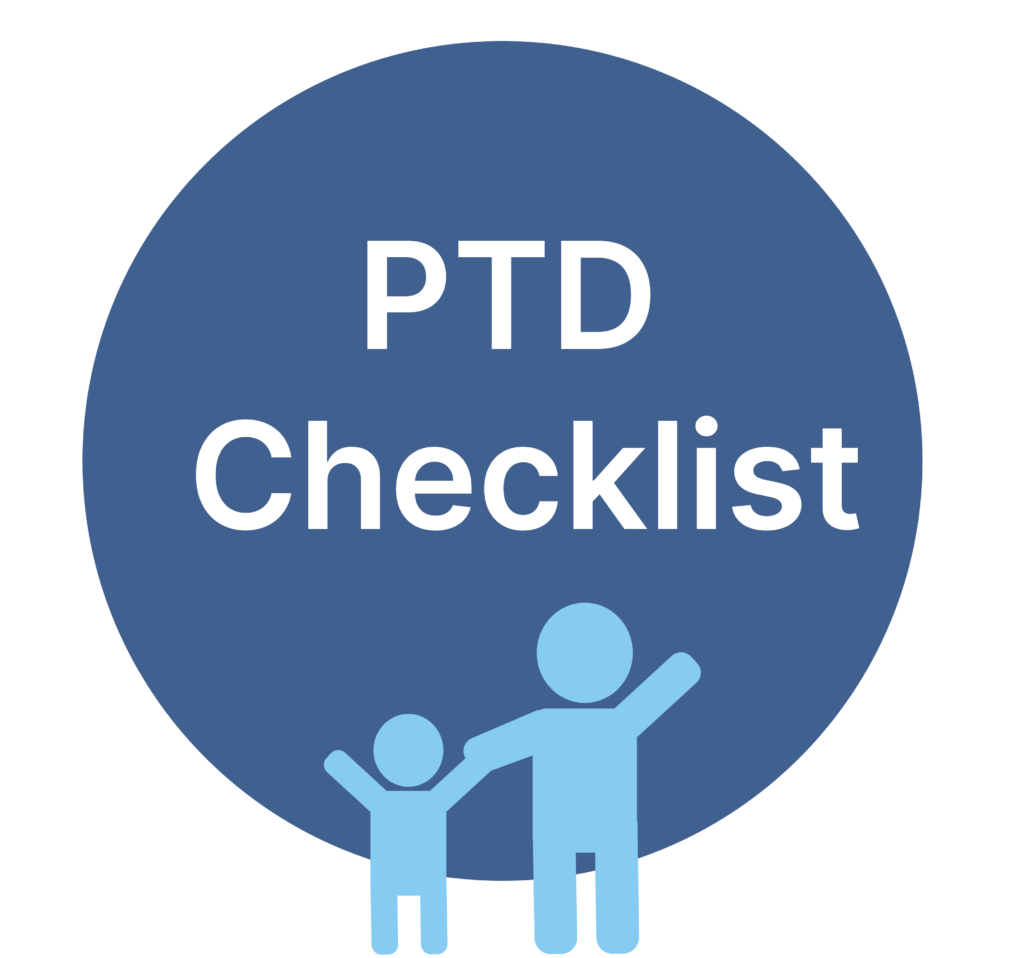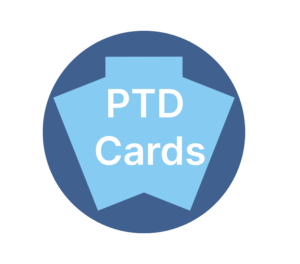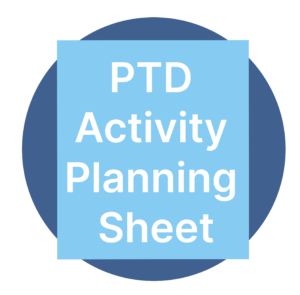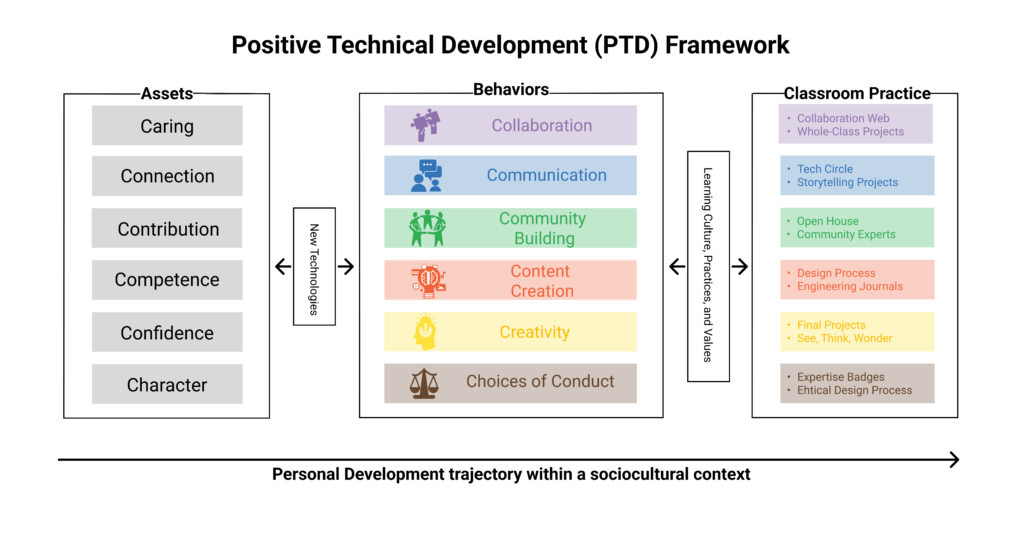
Bers, M. (2020). Coding as a Playground: Programming and Computational Thinking in the Early Childhood Classroom.
The Positive Technological Development (PTD) framework was developed by Prof. Marina Umaschi Bers and can be found in her five books: Blocks to Robots: Learning with Technology in the Early Childhood Classroom (Bers, 2008), Designing Digital Experiences for Positive Youth Development: From Playpen to Playground (Bers, 2012), Coding as a Playground: Programming and Computational Thinking in the Early Childhood Classroom (Bers, 2017), Coding as a Playground: Programming and Computational Thinking in the Early Childhood Classroom, Second Edition (Bers, 2020), Beyond Coding: How Children Learn Human Values through Programming (Bers, 2022).
The PTD framework guides the development, implementation, and evaluation of educational programs that use new technologies to promote learning as an aspect of positive youth development. The PTD framework is a natural extension of the computer literacy and the technological fluency movements that have influenced the world of education but adds psychosocial and ethical components to the cognitive ones. From a theoretical perspective, PTD is an interdisciplinary approach that integrates ideas from the fields of computer-mediated communication, computer-supported collaborative learning, and the Constructionist Theory of Learning—viewing them in light of research in applied development science and positive youth development.
As a theoretical framework, PTD proposes six positive behaviors (six C’s) that should be supported by educational programs that use new educational technologies, such as KIBO robotics and ScratchJr. These are: content creation, creativity, communication, collaboration, community building and choices of conduct.
Some of the Cs support behaviors that enrich the intrapersonal domain (content creation, creativity, and choices of conduct); others address the interpersonal domain and look at social aspects (communication, collaboration, and community building). These behaviors are associated with developmental assets that have been described by decades of research on positive youth development.
PTD provides a framework for understanding how technology can be designed and used to promote positive behaviors and how, in turn, those behaviors can promote developmental assets. The diagram above shows how the C’s are connected and examples of how they can be put in practice in a classroom setting.
PTD Resources
The six C’s of the PTD framework can be put into practice in many different ways. To explore the various ways in which Collaboration, Communication, Community Building, Content Creation, Creativity, and Choices of Conduct can emerge in the classroom, see our PTD in Practice page.
The Positive Technological Environment (PTE) Checklist is an observational checklist designed for research use in a variety of settings where children are engaging with technology. This checklist evaluates the factors in the Coding Playground that promote children’s behaviors of PTD. The PTE factors promoted by the teacher and in the environment will vary depending on the activity. The checklist is not meant to be an assessment of the teachers’ behavior but rather a tool for understanding the context of the children’s technological engagement. Download PTD Engagement Checklist for Environments/Facilitators.
This PTD Engagement Checklist for Children is intended to be used in a variety of settings where children are engaging with technology. It is divided into six sections (each one representing a behavior described in the PTD framework) and measured using a 5-point Likert scale. The checklist is meant to evaluate a group of children or an individual child as they work in a space. Adults may use the checklist as often as multiple times during each lesson, or as infrequently as once per unit. Download PTD Engagement Checklist for Children.
The PTD cards are designed to be used for interactive evaluation of a technological tool using the PTD framework and the six C’s. They can be printed back to back, cut out, and used in the classroom with children, or among educators. For best printing results, print double sided in color. Download PTD Cards for Printing.
The PTD Activity Planning Sheet allows you to consider all the aspects of the PTD framework and the six C’s as you plan a hands-on activity with your learners. The editable includes a high-level planning sheet to structure each aspect of your activity, a table to consider how each of the six C’s will be featured in your activity, and a list of PTD resources to guide your thinking. Download Editable PTD Activity Planning Sheet.

